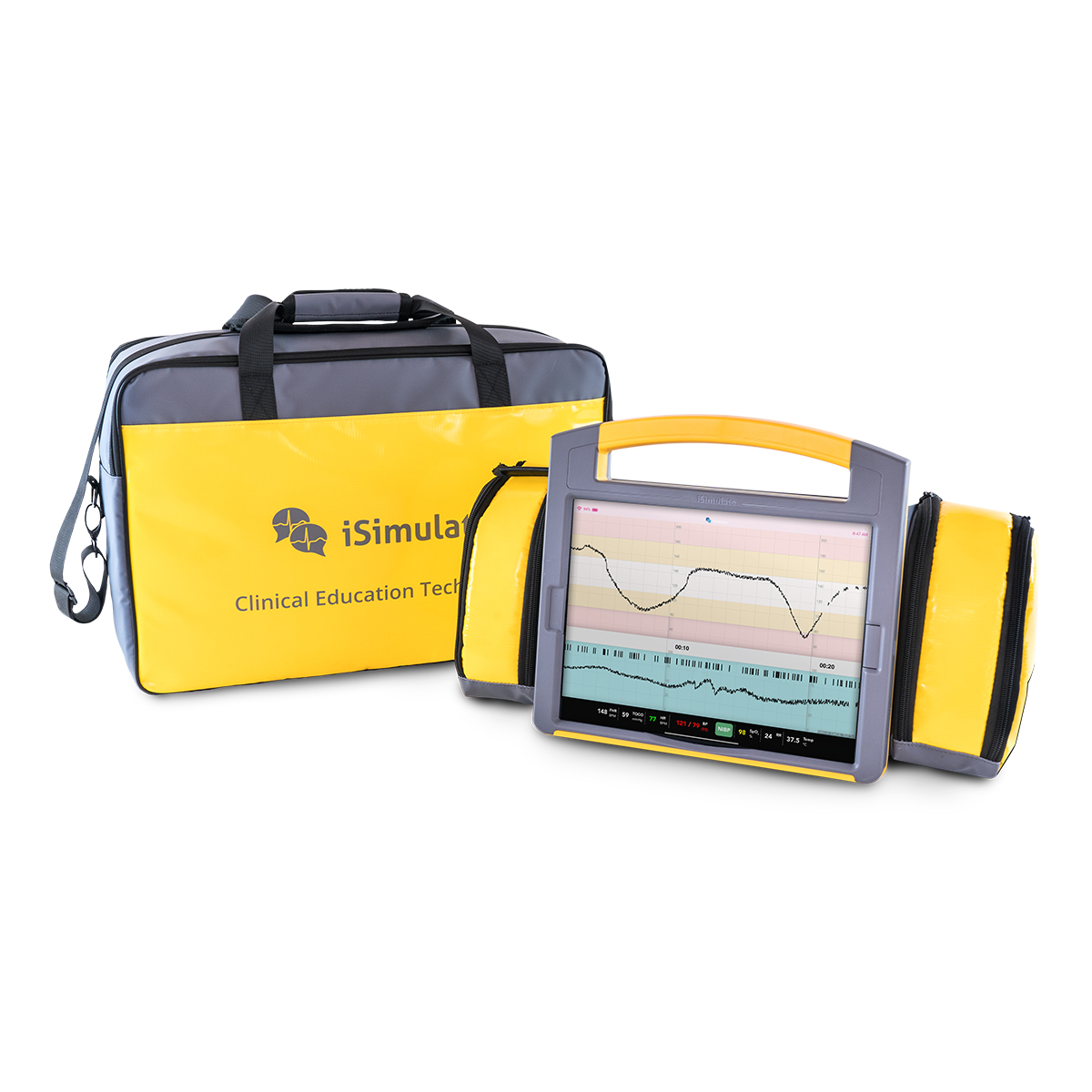
– Steel Wire for the armour protecting the insulating layers beneath. – PVC (Polyvinyl Chloride) for the bedding and sheathing – Cross-Linked Polyethylene for the Insulation – Plain Annealed Stranded Copper for the cores This cable is commonly identified by the following construction plain annealed stranded copper for the cores/conductors, polyvinyl chloride for the bedding and sheathing, cross-linked polyethylene for the insulation, with a steel wire armour protecting the layers beneath.Īlthough this cable is suitable for powering smaller, more domestic installations such as powering an outdoor shed or house as well as garden/water features, it is most commonly found within more industrial practices, as mentioned previously.Ģ40mm 4 Core Armoured Cable is constructed from the following materials It is also commonly found within powered networks such as within power stations and factories, etc. Acta Obstetricia et Gynecologica Scandinavica published by John Wiley & Sons Ltd on behalf of Nordic Federation of Societies of Obstetrics and Gynecology (NFOG).240mm 4 Core Armoured Cable is a variant of steel wire armoured cable used for industrial electrical applications as well as being suitable for direct burial to carry mains electricity to various powered devices.

Doppler signals are unreliable during maternal movements.Ĭardiotocography fetal electrocardiogram fetal heart rate intrapartum monitoring transabdominal ECG. Listen to the beat of the heart that is soon to fill yoursThe Torontek R88 Fetal Heart Monitor is built according to the highest Canadian quality standards. During maternal movement, TAfECG causes an artificial increase in FHR variability, which can cause false reassurance regarding fetal oxygenation.

In static labor positions, TAfECG provides a low signal loss, similar to that obtained with FSE, and a good signal accuracy, so the technique can be considered reliable when the mother is lying down, standing, or sitting. Average variability was similar with TAfECG and FSE in static positions but significantly higher with TAfECG in active positions (23.6 vs. Average accuracy was 3.5 bpm with TAfECG (1.9 bpm in static and 5.04 bpm in active positions) and 13.9 bpm with Doppler (3.2 bpm in static and 24.7 bpm in active positions).

Static labor positions (lying down, standing, and sitting) were compared with active labor positions (walking and rocking on the birthing ball).Īverage signal loss was 5.3% with TAfECG (3.2% in static and 7.4% in active positions) and 15.5% with Doppler (8.3% in static and 30.7% in active positions).

Computer analysis was used to quantify variability, accelerations, and decelerations. The three FHR signals were compared, defining signal loss as the percentage of signals under 20 bpm or exceeding 250 bpm and accuracy as the difference with FSE values. Participants were asked to complete a supervised mobilization scheme, comprising five sequential 10-min periods of lying down, standing, sitting, walking, and rocking on the birthing ball. This study aims to evaluate signal quality and accuracy of TAfECG acquisition of FHR signals during static and active maternal positions in labor when compared with Doppler signals and with the gold-standard method of fetal scalp electrode (FSE).Ī total of 76 women with singleton term pregnancies in the active first stage of labor had simultaneously acquired FHR with TAfECG, Doppler, and FSE. Continuous wireless transmission of signals has raised the possibility of the technology being used during maternal mobilization in labor. Transabdominal electrocardiographic (TAfECG) acquisition of fetal heart rate (FHR) signals has recently been introduced into leading commercial cardiotocographic (CTG) monitors.


 0 kommentar(er)
0 kommentar(er)
